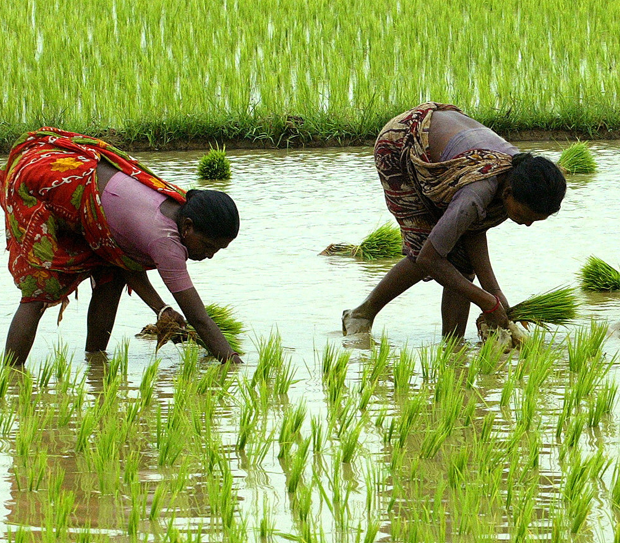Sowing
Rice, a grain high in starch, is a mainstay of the diets of about half of the world’s population. No other crop cultivation is as crucial to human feed, the agricultural economy, and the planet’s ecosystem as rice growing. While these crops, especially newly planted ones, need a wet environment, paddies (flooded lowlands and waterlogged fields around rivers) are common places to grow them.
Oryza sativa, also known as Asian rice, is the most frequently cultivated and consumed type of rice in the world. There are two main kinds of rice: indica, with longer grains, and japonica, with shorter grains. Some species, such as brown rice, come in both long- and short-grain varieties. The long-grain crop is lower in starch and higher in dry matter than its short-grain relative. Growing long-grain rice has the highest economic return of all rice cultivars.
The most widely consumed rice varieties are as follows:
long-grain: Basmati, Jasmine, Mogra, Carolina Gold, Wild, Red, and Black Rice;
medium-to-short-grain: Arborio, Koshihikari, Valencia, Carnaroli, Calasparra, Baldo, and Bomba.
With a growing global population, rice remains an essential staple food. Hence, it is crucial to grow it as efficiently as possible by considering the best conditions for rice growth while also minimizing negative impacts on the surrounding environment.


Leave a comment
Comments (2)
It's in fact very difficult in this active life to listen news on TV, therefore I only uuse web for tha reason, and gget thee most up-to-date news. http://Boyarka-inform.com/
Magnificent website. Plemty of useful information here. I am sending it to several friends anns also sharing in delicious. And naturally, thank you in your effort! http://Boyarka-Inform.com/